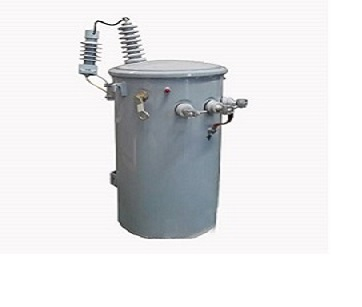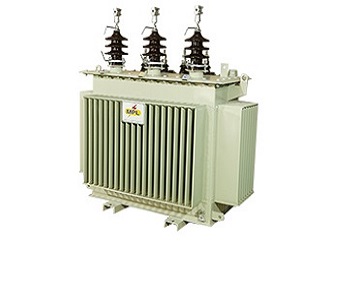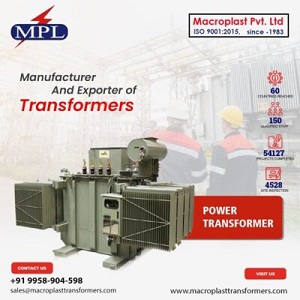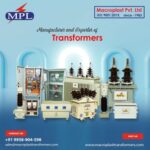A Transformer is the most important equipment to convert the power voltage to required levels for multiple applications across utilities. The requirement for high-quality transformers is always in demand to keep operations running successfully. Do you know different types of transformers are available in the market? Single-phase and three-phase transformers are among them.
The importance of transformers is realized when it comes to power transmission. The devices are used to alternate current systems from generating plants to our homes. They also feature to increase or decrease the voltage to transmit power for long-distance power lines.
Since our topic is the difference between Single-Phase Transformer and Three-Phase Transformer, let’s plunge into it.
Single Phase Transformer
A single-phase transformer uses just one phase of electricity. It is a passive electrical machine that uses electromagnetic induction for the transmission of electrical energy from one circuit to another. This transformer is an important component of many industrial systems.
A single-phase transformer contains two highly inductive coils wound on a steel or iron core. The winding which is linked to the AC supply is named the first winding and the other one is secondary. These types of transformers are ideal for residential requirements because they are designed to convert the high voltage into low voltage like a step-down transformer. This feature is most appropriate for office and residential requirements.
Further, Single Phase devices come with a less complex design. The design cost is less and offers enhanced efficiency. They can supply nearly 1000 watts efficiently and can be used in multiple kinds of industries and applications. What else? Single-Phase Transformers offer four terminals, two on the input (phase & neutral), and two on the output (phase & neutral). No star or delta connections are available. There is no requirement for a cooling system. Due to low cost and lower electricity input requirements, these systems are ideal for domestic and lighter commercial purposes.

Three Phase Transformer
Three-phase transformers are passive machines that are designed to transmit electrical energy between circuits.
- They come with three sets of primary and secondary windings.
- Each set is wound around one leg of an iron core assembly.
- It appears just like three single-phase equipment sharing a joined core.
- They consist of six coils. Three coils are for the primary side.
- Another three coils are available for the secondary side.
Three-phase transformers can be placed in an enclosure and crammed with dielectric oil. They are renowned for their efficiency in meeting the needs of heavy-duty applications that are most appropriate and admiringly trustworthy for heavy industrial applications. These devices can pass the required level of voltage over long distances allowing the smooth functioning of industrial equipment.
Further, Three-Phase Transformers use less copper for power supply. They bear minimal risk and are greater conductor efficiency. Also, these systems offer the capability to function with an extended range of power loads. They are used as influence or distribution transformers. They need a hefty cooling system. Based on the power rating, cooling is achieved by (oil\forced oil), (air\forced air), or (forced water). These transformers are designed to convert the incoming voltage to the required voltage level while also retaining proper phasing and polarity.

Conclusion
Both single-phase transformers and three-phase transformers are playing a significant role today. If you are searching for the best and most trusted transformer manufacturing company in India, then contact MACROPLAST without any hesitation. MACROPLAST is an ISO 9001:2015 certified manufacturer that designs high-quality transformers. Since 1983, this brand has been serving clients with state-of-the-art facilities. The company offers supplies, distributes, and exports international quality transformers to national and international customers. MACROPLAST exports transformers to countries in Asia, Africa, the Middle East, and European Union.



